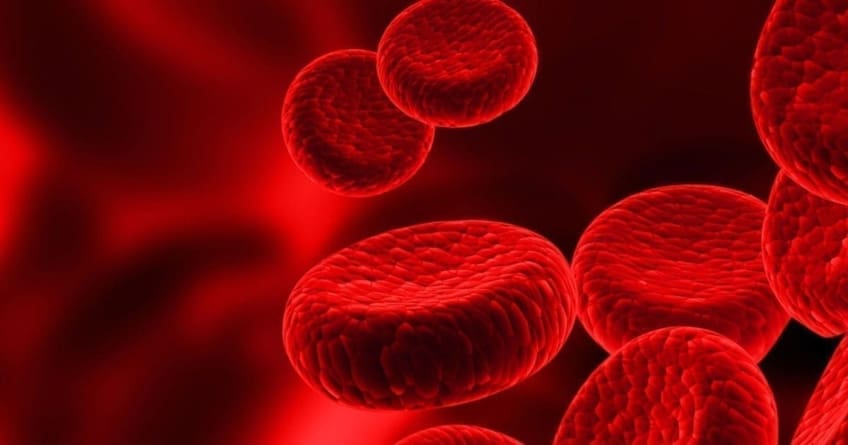Polycythemia Vera: Symptoms, Causes, Treatment
What are the symptoms of polycythemia vera?
Polycythemia vera (PV) is a rare blood disorder characterized by the overproduction of red blood cells in the bone marrow. The symptoms of PV can vary from person to person and may include:
- Fatigue: Feeling tired or weak, often due to the increased viscosity of the blood.
- Headaches: Persistent or frequent headaches, often caused by increased blood volume and pressure.
- Dizziness or lightheadedness: Feeling dizzy or lightheaded, especially when standing up quickly.
- Itching (pruritus): Itching, particularly after a warm bath or shower, is a common symptom of PV.
- Excessive sweating: Sweating more than usual, especially at night.
- Blurred or double vision: Vision problems may occur due to increased blood viscosity affecting the circulation to the eyes.
- Reddened or flushed complexion: The skin may appear red or flushed, especially in the face.
- Enlarged spleen or liver: Some people with PV may develop an enlarged spleen (splenomegaly) or liver (hepatomegaly).
- Shortness of breath: Difficulty breathing, especially with exertion, may occur due to increased blood viscosity.
- Joint pain or gout: PV can cause joint pain, especially in the fingers, toes, wrists, or ankles. It can also increase the risk of developing gout.
- Bleeding or bruising: Some people with PV may experience easy bruising or bleeding, such as nosebleeds or bleeding gums.
- Blood clots: PV increases the risk of blood clots, which can lead to serious complications such as stroke or heart attack.
Because the symptoms of PV can be nonspecific and similar to those of other conditions, it’s important to see a healthcare provider for a proper diagnosis and treatment if you experience any of these symptoms.
What are the causes of polycythemia vera?
Polycythemia vera (PV) is caused by a mutation in the bone marrow cells that produce red blood cells. This mutation leads to the overproduction of red blood cells, white blood cells, and platelets. The exact cause of the mutation is not known, but it is believed to be acquired rather than inherited. Some factors may increase the risk of developing PV, including:
- Age: PV is more common in older adults, with the average age of diagnosis being around 60 years old.
- Gender: Men are slightly more likely to develop PV than women.
- Family history: While PV is not inherited, having a family history of the condition or other blood disorders may increase the risk.
- Exposure to radiation: Exposure to high levels of radiation, such as from radiation therapy or nuclear accidents, may increase the risk of developing PV.
- Certain genetic mutations: Mutations in genes such as JAK2, which is found in about 95% of people with PV, are associated with an increased risk of developing the condition.
- Other factors: Other factors, such as smoking, obesity, and a history of blood clots, may also increase the risk of PV.
It’s important to note that while these factors may increase the risk of developing PV, they do not guarantee that a person will develop the condition. Many people with one or more risk factors do not develop PV, and some people with no known risk factors do develop the condition.
What is the treatment for polycythemia vera?
The treatment for polycythemia vera (PV) aims to reduce the risk of complications associated with the condition, such as blood clots, and to manage symptoms. Treatment options may include:
- Phlebotomy: Phlebotomy, or blood removal, is a common treatment for PV. It involves removing a certain amount of blood from the body to reduce the number of red blood cells and lower blood viscosity. This can help reduce the risk of blood clots and improve symptoms.
- Medications:
- Hydroxyurea: This medication can help reduce the production of red blood cells, white blood cells, and platelets in the bone marrow.
- Interferon-alpha: Interferon-alpha is a type of immunotherapy that can help control the production of blood cells in the bone marrow.
- JAK2 inhibitors: These medications, such as ruxolitinib, can help reduce the production of blood cells in people with certain genetic mutations, such as the JAK2 mutation.
- Aspirin: Low-dose aspirin may be recommended to help reduce the risk of blood clots in people with PV.
- Antiplatelet medications: Medications that help prevent the clumping of platelets, such as clopidogrel or aspirin, may be used to reduce the risk of blood clots.
- Hydration: Avoiding dehydration can help prevent the blood from becoming too thick and reduce the risk of blood clots.
- Monitoring and follow-up: Regular monitoring of blood counts and symptoms is important to ensure that treatment is working effectively and to detect any complications early.
Treatment for PV is typically lifelong, as the condition cannot be cured. However, with proper treatment and monitoring, most people with PV are able to lead normal, active lives. It’s important to work closely with a healthcare provider to develop a treatment plan that is tailored to your individual needs and to follow their recommendations for monitoring and follow-up care.




